China’s tea culture, spanning thousands of years, is a tapestry woven with diverse varieties, each telling a story of tradition, geography, and craftsmanship. Among these, Baxian Tea (八仙茶) stands as a testament to the artistry of oolong tea production. Often overshadowed by more globally recognized names like Tie Guan Yin or Da Hong Pao, Baxian Tea offers a unique sensory experience rooted in its distinct origins and meticulous processing. This article delves into the classification, history, production, and cultural significance of Baxian Tea, shedding light on why it is celebrated as a premium oolong variety.
The Classification of Baxian Tea: A Member of the Oolong Family
Baxian Tea belongs to the oolong tea category, a semi-oxidized tea that bridges the gap between green and black teas. Oolong teas are renowned for their complex flavor profiles, which range from floral and fruity to toasty and nutty, depending on the oxidation level and terroir. Baxian Tea, in particular, undergoes a oxidation process typically ranging from 20% to 40%, placing it on the lighter end of the oolong spectrum. This moderate oxidation contributes to its delicate aroma and bright, golden-amber liquor.
Oolong teas are further divided into two primary styles: rolled (such as Tie Guan Yin) and strip-style (like Dong Ding Oolong). Baxian Tea falls into the strip-style category, characterized by its elongated, tightly twisted leaves that unfurl during brewing. This physical attribute, combined with its oxidation level, underscores its classification as an oolong tea.
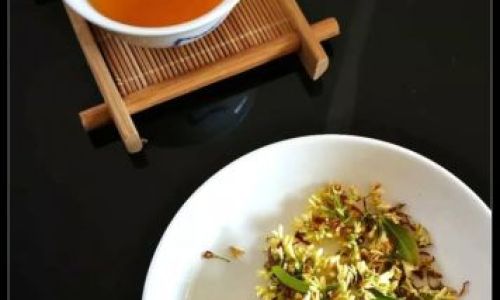
Historical Roots and Cultural Symbolism
The name “Baxian” translates to “Eight Immortals,” a reference to the eight deities in Chinese mythology known for their quest for immortality and mastery over nature. Legend has it that the tea was named in homage to these figures, symbolizing harmony, longevity, and spiritual enlightenment—qualities deeply intertwined with tea drinking in Chinese culture.
Historically, Baxian Tea originated in the Fujian Province of China, a region celebrated as the birthplace of oolong tea. The exact timeline of its development remains shrouded in mystery, but records indicate its prominence during the Qing Dynasty (1644–1912). Local folklore suggests that monks and scholars cultivated the tea in the mist-covered mountains of Anxi County, where the unique climate and soil composition imbued the leaves with their signature character.
Terroir: The Role of Geography and Climate
Baxian Tea thrives in the high-altitude regions of Fujian, particularly in areas like Anxi and Wuyi Mountain. These areas are characterized by their subtropical monsoon climates, with warm, humid summers and mild winters. The combination of fog, diffused sunlight, and well-drained, mineral-rich soil creates an ideal environment for tea cultivation.
The altitude, often exceeding 800 meters (2,600 feet), slows the growth of the tea plants (Camellia sinensis), allowing the leaves to develop a higher concentration of flavor compounds and aromatic oils. This terroir contributes to Baxian Tea’s distinctive floral notes and lingering sweetness, setting it apart from lower-elevation oolongs.
The Art of Production: From Leaf to Cup
The creation of Baxian Tea is a labor-intensive process that demands precision and expertise. The journey begins with plucking—typically, two to three leaves and a bud are harvested during the spring or autumn seasons. Spring plucks are prized for their delicate flavors, while autumn yields produce a bolder, more robust profile.
Withering:
Freshly picked leaves are spread out on bamboo trays or mats to wither under natural sunlight or in controlled indoor environments. This step reduces moisture content and initiates enzymatic oxidation.
Oxidation (Partial Fermentation):
The leaves are gently shaken or tossed in large bamboo baskets, bruising their edges to accelerate oxidation. For Baxian Tea, this process is carefully monitored to achieve the desired 20–40% oxidation level, balancing floral and vegetal notes.
Fixation (Kill-Green):
To halt oxidation, the leaves are heated—typically in large woks or using modern steam-injection methods. This step preserves the tea’s vibrant color and arrests enzymatic activity.
Rolling:
The leaves are rolled into their characteristic strip-style shape, breaking down cell walls to release essential oils and flavors. This step also shapes the tea’s appearance, influencing its aesthetic appeal.
Drying:
The rolled leaves are dried in ovens or over charcoal fires, reducing moisture to approximately 3–5%. This final step stabilizes the tea and enhances its shelf life.
Roasting (Optional):
Some Baxian Tea producers opt for a light roasting phase to deepen the tea’s complexity, adding toasty or honeyed undertones. However, traditional Baxian Tea often skips this step to emphasize its natural floral and fruity notes.
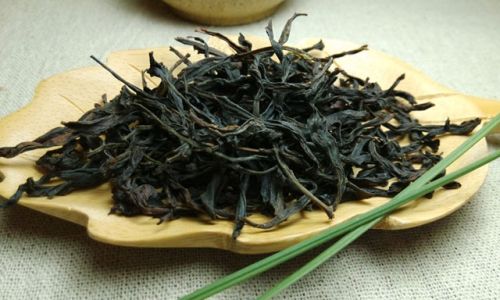
Flavor Profile and Sensory Experience
Baxian Tea is celebrated for its layered flavor profile, which evolves with each infusion. The liquor typically exhibits a bright golden-amber hue, accompanied by a floral aroma reminiscent of orchids or gardenias. On the palate, it offers a harmonious balance of sweetness and astringency, with notes of honey, stone fruit (such as apricot or peach), and a subtle mineral finish.
The tea’s huigan (sweet aftertaste) is particularly notable, lingering long after the sip and inviting further exploration. This characteristic is attributed to the tea’s amino acid content, which enhances umami and sweetness.
Health Benefits and Nutritional Composition
Like all oolong teas, Baxian Tea is rich in polyphenols, including catechins and theaflavins, which act as potent antioxidants. These compounds have been linked to various health benefits, such as:
- Metabolism Boost: Studies suggest that oolong tea may aid in fat oxidation and weight management.
- Heart Health: Regular consumption is associated with improved cholesterol levels and reduced risk of cardiovascular disease.
- Stress Reduction: The amino acid L-theanine promotes relaxation without drowsiness, making Baxian Tea a popular choice for mindfulness practices.
- Dental Health: Polyphenols inhibit the growth of bacteria that cause plaque and cavities.
However, it is essential to note that while Baxian Tea offers these potential benefits, moderation is key, as excessive caffeine intake may lead to adverse effects.
Brewing Rituals and Pairing Suggestions
To fully appreciate Baxian Tea’s nuances, proper brewing techniques are crucial. Here’s a guide to brewing the perfect cup:
- Water Quality: Use filtered or spring water to avoid chlorine or mineral interference.
- Temperature: Heat water to 85–95°C (185–203°F). Boiling water may scorch the delicate leaves.
- Tea-to-Water Ratio: Use 3–5 grams of tea per 150 ml (5 oz) of water.
- Infusion Time:
- First infusion: 30–45 seconds
- Subsequent infusions: Add 10–15 seconds per steep
- Vessel: Gaiwans (lidded bowls) or porcelain teapots are ideal for preserving aroma and flavor.
Baxian Tea pairs exceptionally well with light dishes, such as steamed dumplings, almond cookies, or fresh fruit. Its floral notes also complement mild cheeses and seafood.
Baxian Tea in Global Context: A Rising Star
While Baxian Tea has long been a treasure in China, its popularity is steadily growing internationally. Tea connoisseurs worldwide are drawn to its accessibility—it lacks the bitterness of heavily oxidized oolongs yet retains the complexity of green teas. This balance makes it an excellent introduction to oolong teas for novices while offering depth for seasoned enthusiasts.
However, Baxian Tea faces challenges in the global market, including counterfeiting and mislabeling. Authentic Baxian Tea is often more expensive due to its labor-intensive production and limited yield, prompting consumers to seek reputable vendors.
Conclusion: The Enduring Legacy of Baxian Tea
Baxian Tea exemplifies the pinnacle of oolong tea craftsmanship, embodying centuries of tradition and innovation. Its classification as an oolong tea is undeniable, rooted in its semi-oxidized nature, terroir-driven flavors, and time-honored production methods. As global interest in specialty teas surges, Baxian Tea’s delicate balance of floral aromatics and lingering sweetness positions it as a bridge between Eastern and Western tea cultures.
Whether sipped in a quiet meditation or shared in a ceremonial gathering, Baxian Tea invites contemplation and connection—a testament to the enduring power of China’s tea heritage. As consumers increasingly seek authenticity and quality, this “Eight Immortals” tea is poised to captivate hearts and palates worldwide, cementing its place among the world’s most revered oolong varieties.



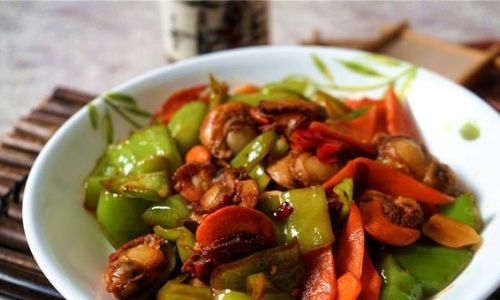
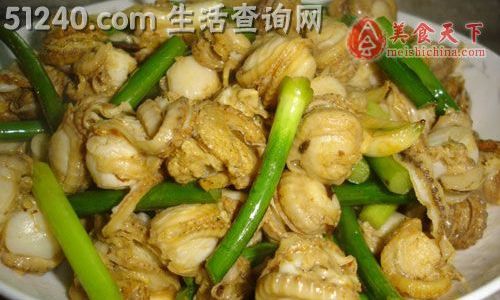
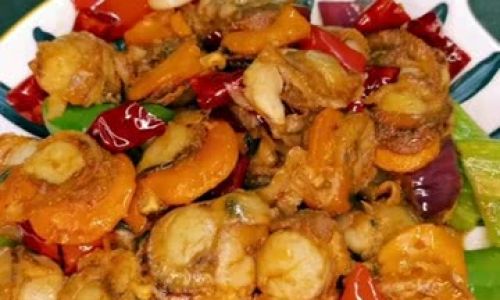
0 comments